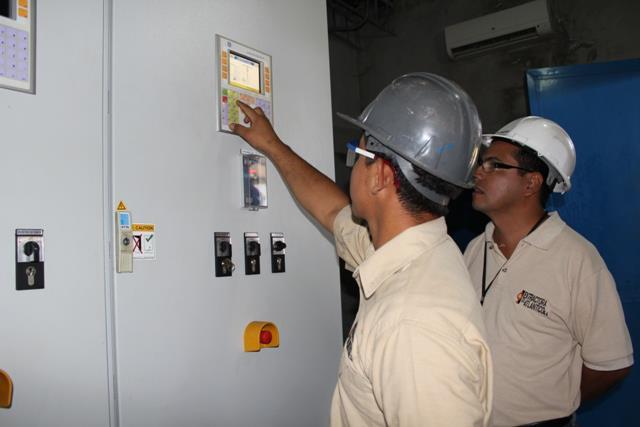Workers are the backbone of a business and are responsible for driving its success. Therefore, it is essential to ensure that they are working in a safe environment that promotes good health and well-being.
Employers have a legal and ethical responsibility to ensure the health and safety of their workers, and it is important for them to be aware of the measures that can be taken to promote their own well-being. However, beyond taking a few measures, it is important to develop a culture of health and safety at work.
In this blog, I will share some lessons learned in the framework of World Day for Safety and Health at Work, which is celebrated on April 28. The ILO says: “It is essential to have a culture of awareness and responsibility among employers, to ensure their workers a decent job free from risks that threaten their integrity and quality of life.”
The importance of health and safety at work cannot be underestimated. Injuries and illnesses can result in significant harm to employees and can also have a negative impact on a company’s productivity and profitability. Adopting a culture of safety and health at work helps significantly reduce the number of deaths and injuries in the workplace.
Next, I will share some practices that we have implemented at AgroAmérica, which are part of the company’s culture of health and safety.
The first thing we did was develop an Occupational Health and Safety Policy. The Policy has been essential for diagnosing and detecting risks and needs, as well as implementing necessary actions. The implementation of the Policy involves the establishment of Occupational Health and Safety Committees, which are responsible for overseeing its execution.These committees also investigate incidents and accidents, allowing us to quickly consider actions to minimize workplace risks. These committees include managers and workers.
One of the most important practices that companies must undertake are regular risk assessments. This involves identifying potential hazards in the workplace and taking measures to mitigate them. For example, if there is a risk of slipping or tripping, employers can install non-slip flooring or provide appropriate footwear to employees.
Another important measure we have implemented is proper training for staff. This includes regular training on the safe use of equipment, proper lifting techniques, proper use of chemicals, and how to identify potential hazards in the workplace. By providing workers with the knowledge and skills they need to work safely, we will be helping to reduce the risk of accidents and injuries in the workplace.
To achieve an appropriate response and attention to emergency situations, we developed an Emergency Plan, which is updated and socialized permanently. We involve staff in responding to potential emergencies through the formation of 27 brigades made up of 259 workers, in the three countries where we operate. Brigade members are trained in first aid, risk assessment, brigadier functions, use of extinguishers and first aid kits, among other topics.
We have also provided our workers with appropriate equipment and personal protective equipment, including safety glasses, gloves, vests, helmets, and in some cases, medical insurance.
In addition to the 12 medical clinics located on the different farms of the corporation, we have a Human Development Center (HDC) located in the Southwest operations of Guatemala, which has won awards for providing world-class comprehensive health services, led by physicians and professionals from the University of Colorado. The HDC serves more than 4,000 workers, offering medical consultations, laboratory tests, emergency care, maternity and childbirth services, ambulance service, and dental campaigns. This year, influenza vaccination campaigns were also carried out, benefiting 1,700 workers.
We also have a mental health program, which includes workshops with expert psychologists on emotional intelligence, emotional health at work, habits of successful people, fulfilling purposes and goals, among other topics. The program has also included psychological consultations for employees who have requested them.
I have mentioned the most important actions implemented in the company, although the Policy also includes leisure and recreational activities.
Other ideas that can be implemented in companies include providing healthy food options in the cafeteria, promoting physical activity during breaks, and providing ergonomic workstations to prevent musculoskeletal disorders such as back pain and carpal tunnel syndrome.
A key aspect of implementing the Policy is control. Our instruments of control and continuous improvement are internal and external audits. We carry out several systematic reviews in the field of occupational health and safety that allow us to account for our performance.
In conclusion, health and safety at work must be a top priority for any organization. Employers have a duty to provide a safe and healthy work environment for their employees, which includes identifying and controlling hazards in the workplace, providing appropriate training and resources, promoting healthy behaviors, and having protocols for emergencies. By investing in health and safety measures, companies can improve employee well-being, reduce the risk of accidents and injuries, and gain financial benefits.
